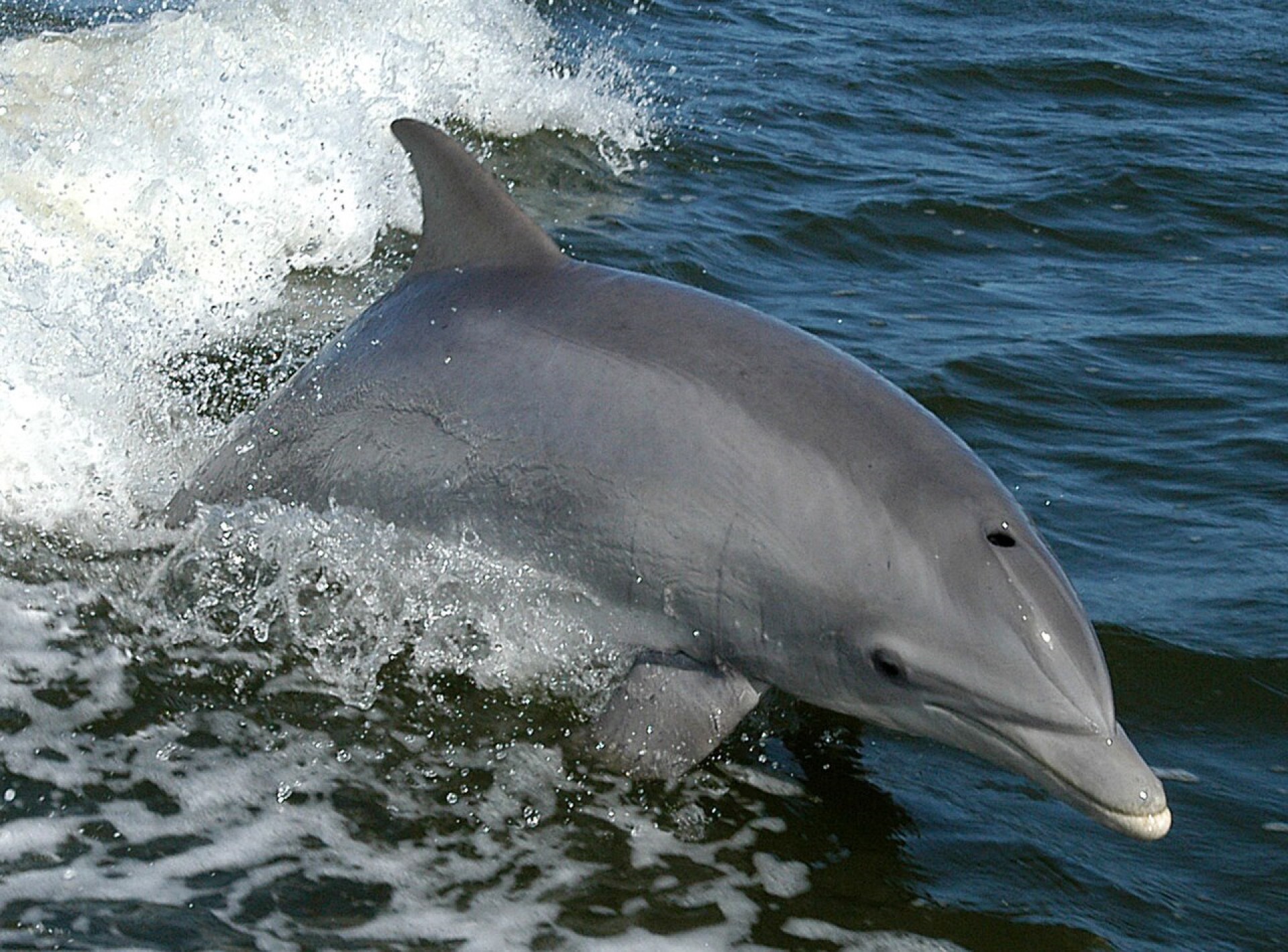
Common Dolphin
- The most abundant cetacean in the world, with around 6 million (it should be noted that there are 1350 humans in the world, for every individual common dolphin).
Despite this fact and its name, the common dolphin is not thought of as the model dolphin (that honour goes to the bottlenose dolphin due to its popular appearances in aquaria and the media). It did, however, feature heavily in Ancient Greek and Roman art and culture, most notably in a mural painted by the Greek Minoan civilization.
It is currently the only member of the genus Delphinus. The common dolphin belongs to the subfamily Delphininae, making this dolphin closely related to the three different species of bottlenose dolphins, humpback dolphins, striped dolphins, spinner dolphins, clymene dolphin, spotted dolphins, fraser’s dolphin and the tucuxi and guiana dolphin.[5] The common dolphin was originally categorized into two different species (now thought to be ecotypes), the short-beaked common dolphin and the long-beaked common dolphin. However, recent evidence has shown that generally long-beaked dolphins of this species have originated from the short-beaked population, and therefore there is no close links between different long-beaked dolphins in any part of the world.
Currently, the common dolphin is divided into four subspecies:
- D. d. delphis, the nominate subspecies
- D. d. bairdii, the Eastern North Pacific long-beaked common dolphin
- D. d. ponticus, the Black Sea common dolphin
- D. d. tropicalis, the Indo-Pacific common dolphin
A number of fossils were erroneously placed in the same genus, but this has since been corrected.
Common dolphins can live in aggregations of hundreds or even thousands of dolphins,though are often seen in groups numbering several hundred individuals (with subgroups consisting of 20-30 individuals). Occasionally, different groups will come together to form mega-pods which can consist of over 10,000 dolphins – quite a site to witness. Genetic studies in the Northeast Atlantic suggest that common dolphin pods generally do not consist of close kin, but rather of members that are not closely related. Unlike many delphinids, common dolphins do not live in a matriarchal society. That being said, closely related individuals are usually found in similar geographical locations fairly consistently, providing evidence that this species displays site fidelity (at least in the North-eastern Atlantic). Male common dolphins display greater site fidelity in relation to their kin than females.
Common dolphin pod structure often consists of nursery pods (which includes females and calves), bachelor pods (consisting of all males) and mixed groups of males and females, including sub-adults and calves. Genetic evidence seems to indicate that common dolphins live in fission-fusion societies, where dolphins form pods that are not necessarily stable and do not necessarily consist of related individuals. It is not known if common dolphins form lifelong bonds with other individuals like the long-term male alliances seen in bottlenose dolphins.
There is some evidence that common dolphins use signature whistles, similar to that of the bottlenose dolphin. These whistles are believed to serve as an acoustic label the dolphin equivalent of a name. It takes approximately 1 year for a calf to learn its signature whistle after which it remains stable for the rest of a dolphin’s life.
In South Africa, as many as 29 common dolphin signature whistle types were detected. However, it was difficult to determine if each dolphin had its own signature whistle due to the vast number of dolphins present (over 1,000) and anthropogenic background noise. Additionally, considering the vast number of dolphins present and taking into account their feeding and diving behaviour, it appears that common dolphin signature whistles are also used for group cohesion. Another hypothesis for the function of signature whistles, is that they serve as a beacon for lost individuals.
Common dolphins sometimes associate with other dolphin species, such as pilot whales (note, not actually whales). In the Gulf of Corinth, common dolphins frequently display mixed species association, especially with striped and Rissos’ dolphins. Over one third of all dolphin sightings in the gulf consisted of mixed species associations that partially consisted of common dolphins. In mixed species associations, the ratio of striped to common dolphins ranged from 6-11:1. When Rissos’ dolphins were present (there would usually be only one or two individuals), it appeared that much of their scars were the result of interactions between striped and spinner dolphins. In much of the interactions, the Rissos’ dolphins would chase and herd the common dolphins toward the boat, while the common dolphins would try and swim under the Rissos’ dolphin. When groups of common and striped dolphins would charge at each other, the Rissos’ dolphin would chase the striped dolphins. Sometimes these interactions appeared to be playful, and at other times aggressive. Synchronized swimming and surfacing was commonly observed. These interactions take place in the deepest part of the Gulf, furthest from shore and usually consist of a total of 60 dolphins from all three species.
There have been 15 cases of common dolphin and striped dolphin hybrids being recorded. Genetic and observational evidence has demonstrated that the hybrids are fertile and are capable of not only reproducing with other hybrids, but are capable of reproducing with each of the parent species. Striped dolphins have been known to mate with other dolphins, as the Clymene dolphin is the result of hybrid speciation between striped and spinner dolphins. However, this is unlikely to happen with common dolphins, as their population in the Gulf of Corinth is too low. Common dolphins and bottlenose dolphins have been known to interbreed in captivity. There is one confirmed case of a hybrid between a bottlenose and common dolphin in Southern Spain, an important feeding ground for both species. The mother was a female bottlenose dolphin (dubbed as Billie) who has spent 10 years within a common dolphin pod. Billie was observed assisting common calves reach the surface at three different intervals and would babysit the calves after the mother went through labour. They have also been observed bow riding on baleen whales, and they also bow ride on boats. They are fast swimmers and breaching behaviour and aerial acrobatics are common with this species. They are also known to display altruistic behaviours to support injured members.
The short-beaked common dolphin is pregnant for 10 to 11 months. The new-born calf has a length of 70 to 100 centimetres (2.3 to 3.3 ft) and weighs about 10 kilograms. For the Black Sea population, weaning occurs at between five and six months, but occurs later (up to about 19 months) in other areas. Typical interbirth interval ranges from one year for the Black Sea population to three years for eastern Pacific Ocean populations. Age of sexual maturity also varies by location, but can range between two and seven years for females and three and 12 years for males. No evidence exists of any major reproductive differences between the two species. In captivity, the long-beaked common dolphin has hybridized with the common bottlenose dolphin . One of the hybrids has been bred back to a bottlenose dolphin, demonstrating such hybrids are fertile.
Find our news section below this video of a megapod of common dolphins
Most dolphins are right handed- or perhaps right flippered
- Tim
- December 15, 2019
As with humans, great Apes and bears amongst others it has been found the dolphins will usually prefer to use one flipper rather than the other.

It...
What did Queen Elizabeth and Prince Philip do for conservation, and will things change under King Charles the third
- Tim
- September 12, 2022
The queen has died suddenly at the age of 96. This is a good age by anyone's standards, but understandably, across the UK and the many parts of the Commonwealth...
Review: extinction: the facts
- Tim
- September 30, 2020
In recent years the BBC has stopped trying to cover over the threat to the natural world in their world famous documentaries. This once as you can see, deals with...

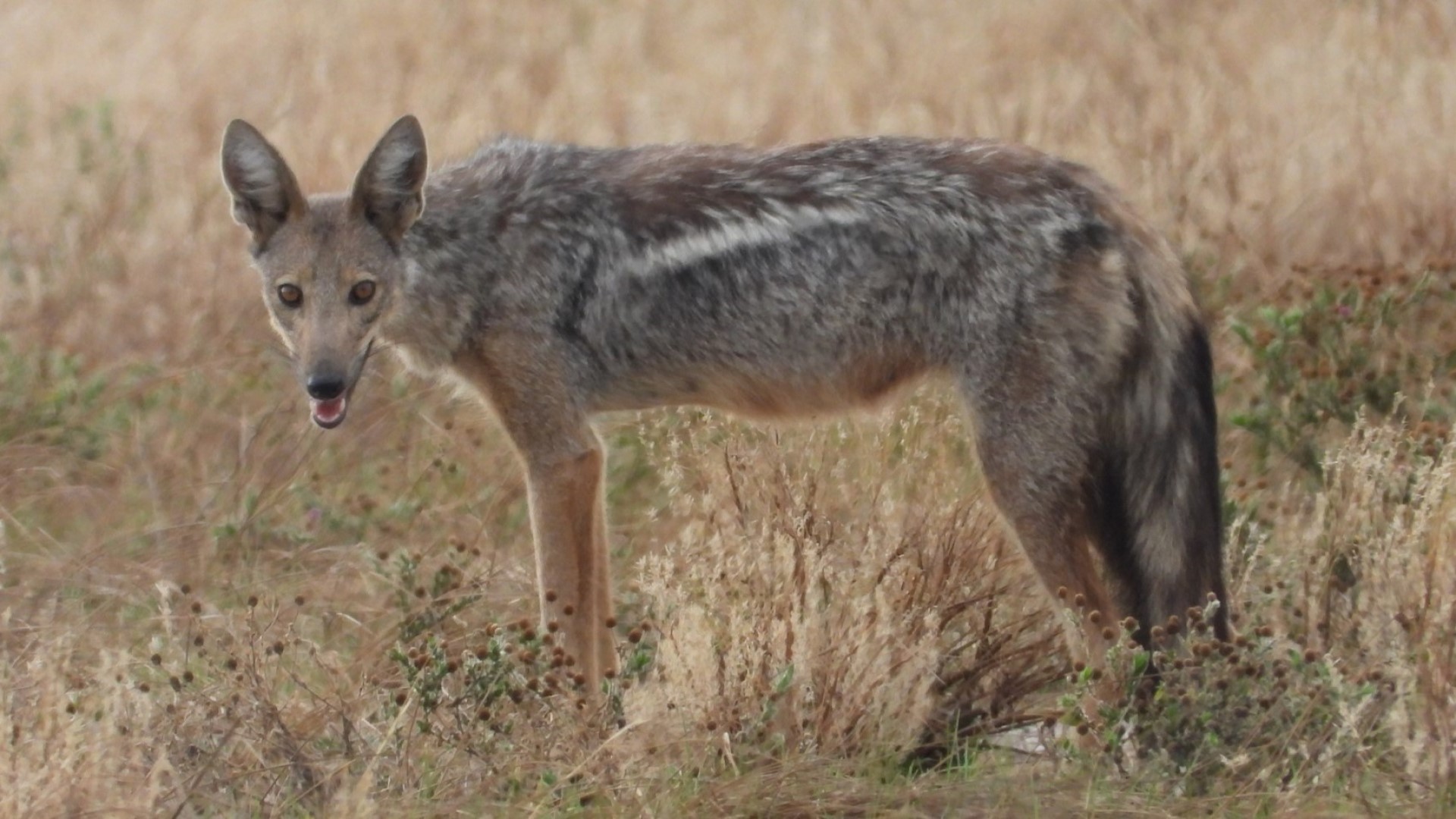
 The side striped jackal is found across a larger area than the black backed jackal, but are generally harder to see in the places where they are found. I have been lucky enough to see
The side striped jackal is found across a larger area than the black backed jackal, but are generally harder to see in the places where they are found. I have been lucky enough to see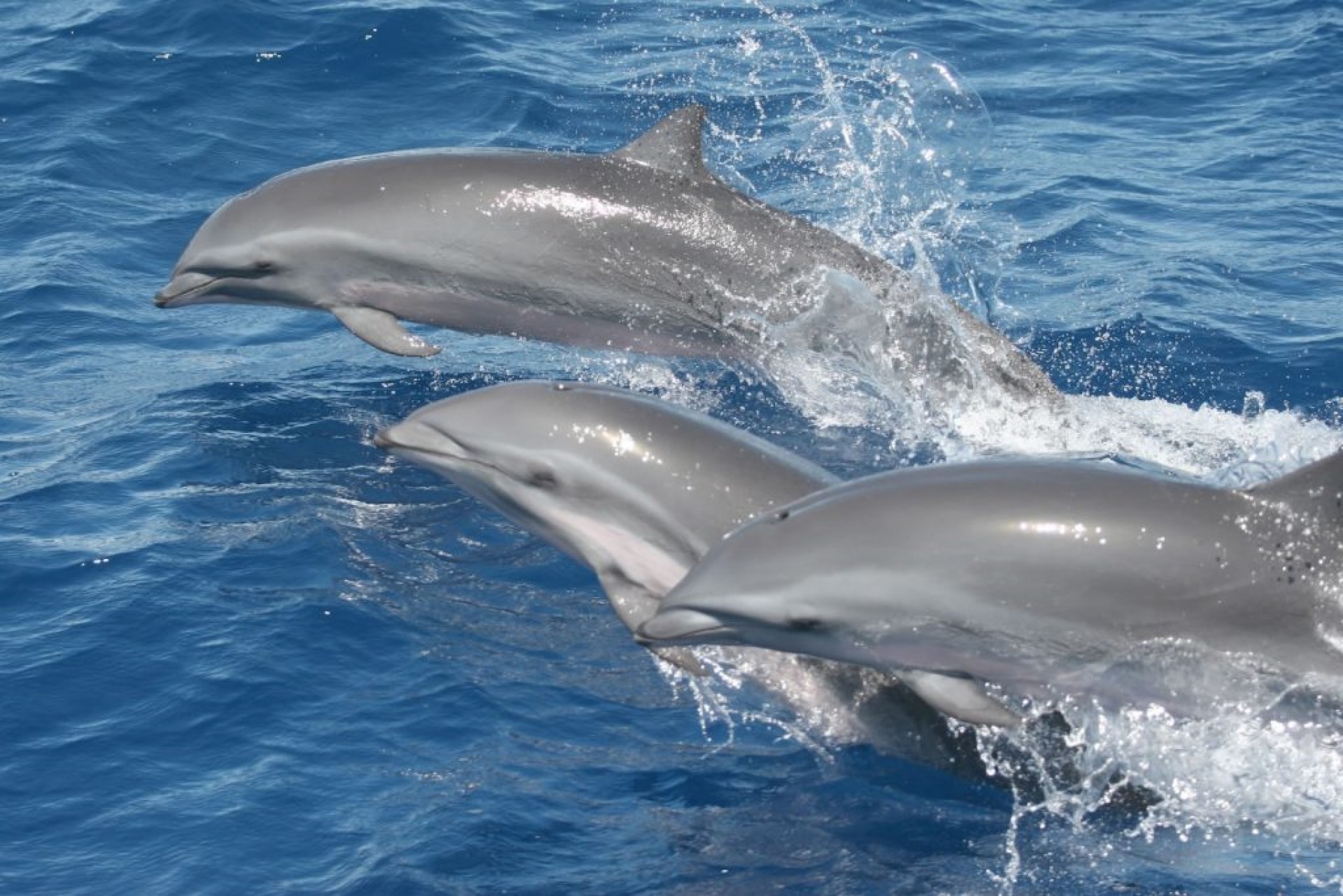
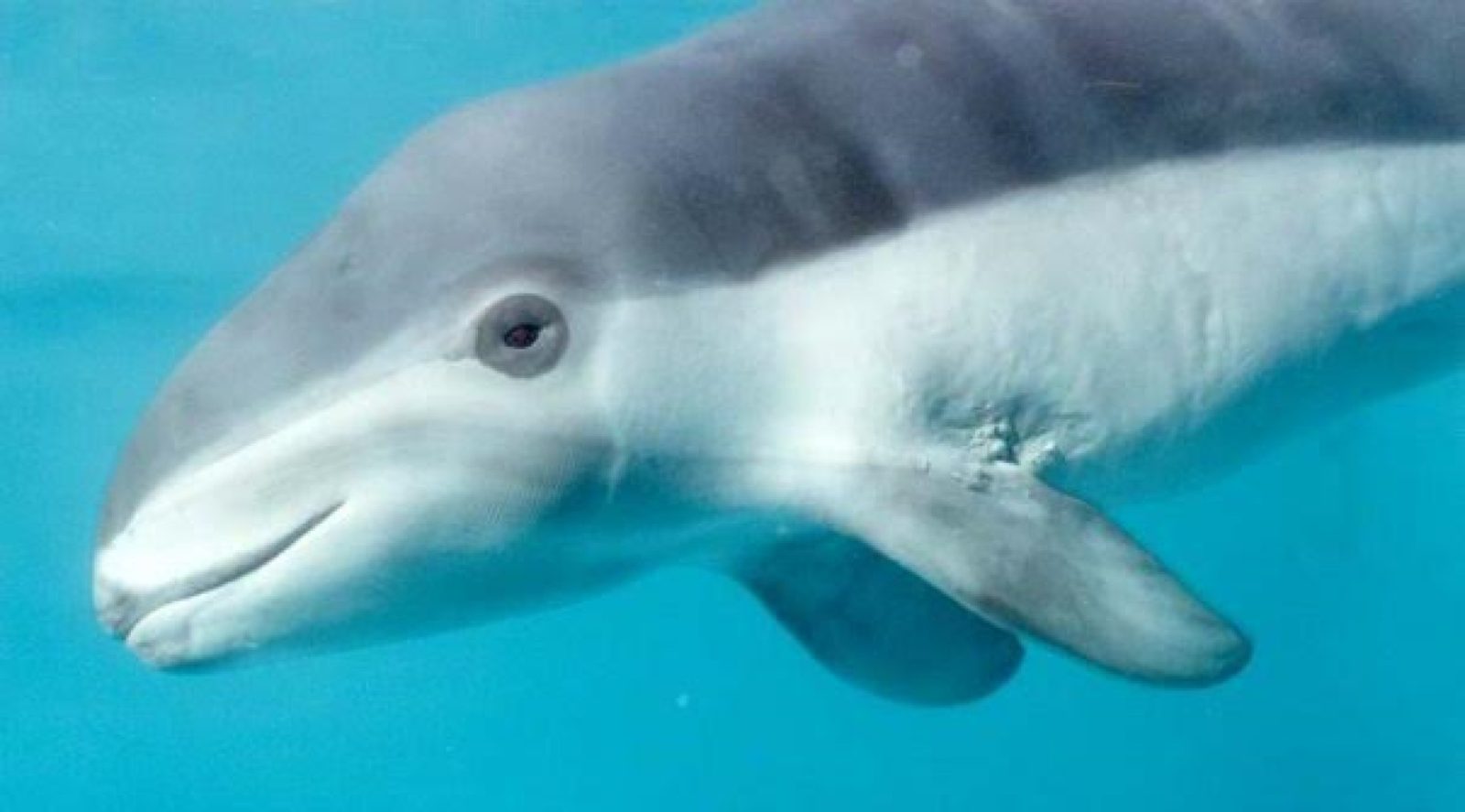

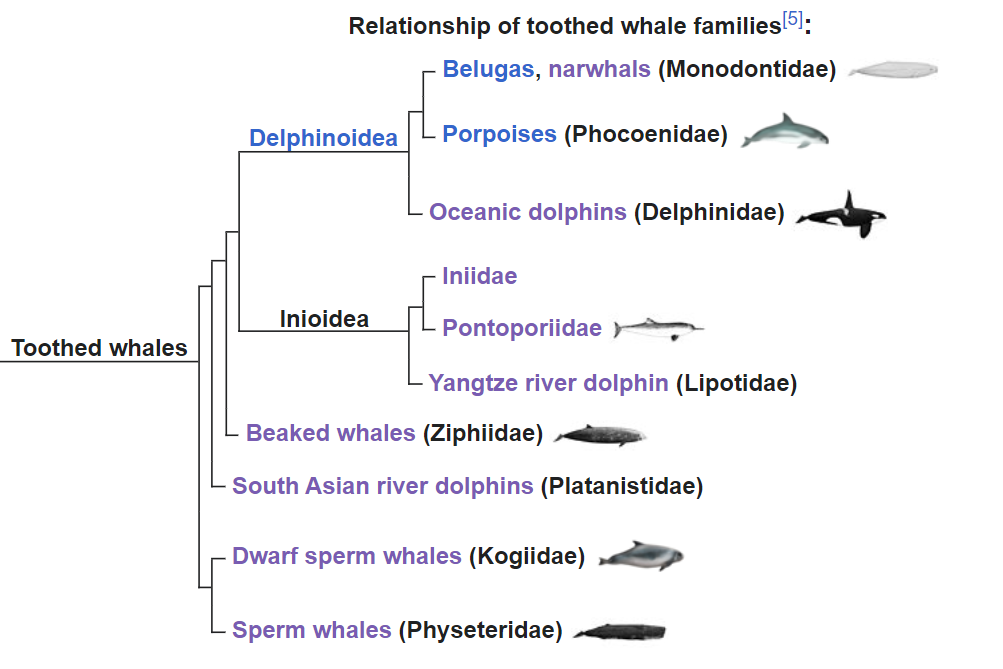
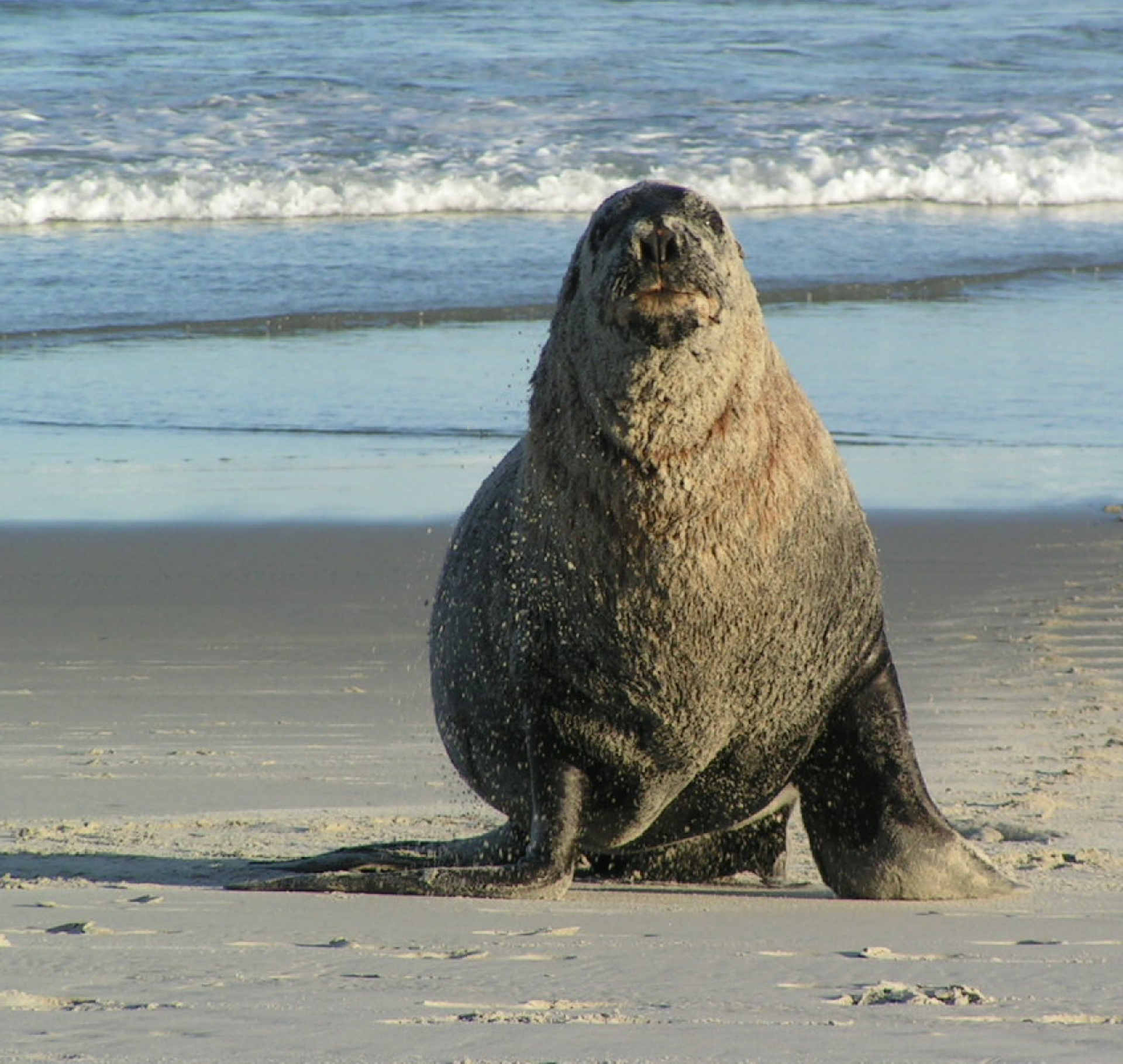

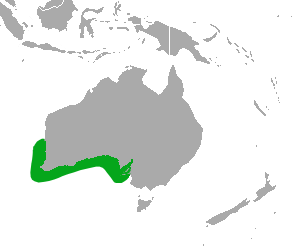 only endemic pinniped found in
only endemic pinniped found in 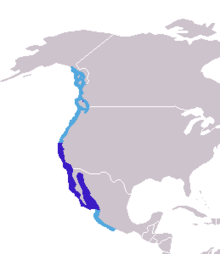 the west coast of north America. On this map, the navy blue marks the breeding rance, while the light blue shows the total range that they can be found in. It should be noted, that previously the Japanese and Galapagos sealion were both considered subspecies of the Californian species, but no longer. They can stay healthy, for a time, in fresh water, and have been seen living for a while in Bonneville dam – 150 miles inland.
the west coast of north America. On this map, the navy blue marks the breeding rance, while the light blue shows the total range that they can be found in. It should be noted, that previously the Japanese and Galapagos sealion were both considered subspecies of the Californian species, but no longer. They can stay healthy, for a time, in fresh water, and have been seen living for a while in Bonneville dam – 150 miles inland.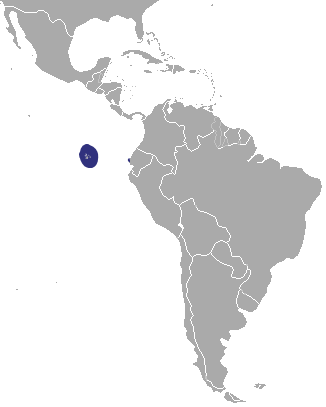 on all of the Galapagos Islands, as well as (in smaller numbers) on Isla de la Plata, which is just 40km from Puerto López a village in
on all of the Galapagos Islands, as well as (in smaller numbers) on Isla de la Plata, which is just 40km from Puerto López a village in  known as the Hooker sealion) is native to south island, though before 1500 it is thought that it was also found on north island. They tend to breed on Subarctic islands of Auckland and Campbell (99% of the pups are born in these islands). In 1993, sealions started breeding on South Island again for the first time in 150 years.
known as the Hooker sealion) is native to south island, though before 1500 it is thought that it was also found on north island. They tend to breed on Subarctic islands of Auckland and Campbell (99% of the pups are born in these islands). In 1993, sealions started breeding on South Island again for the first time in 150 years.

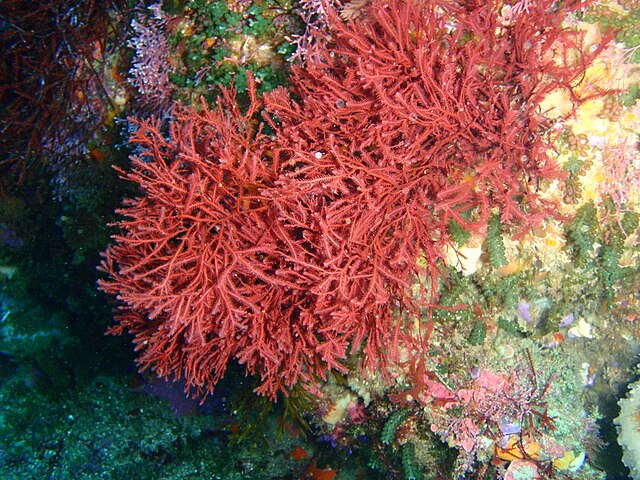

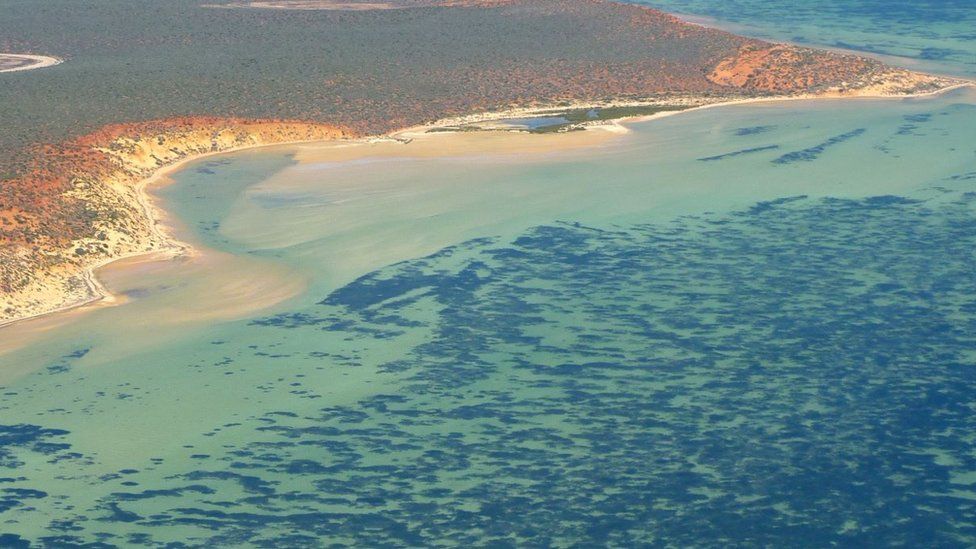

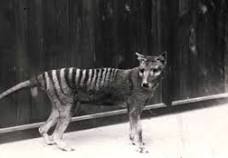
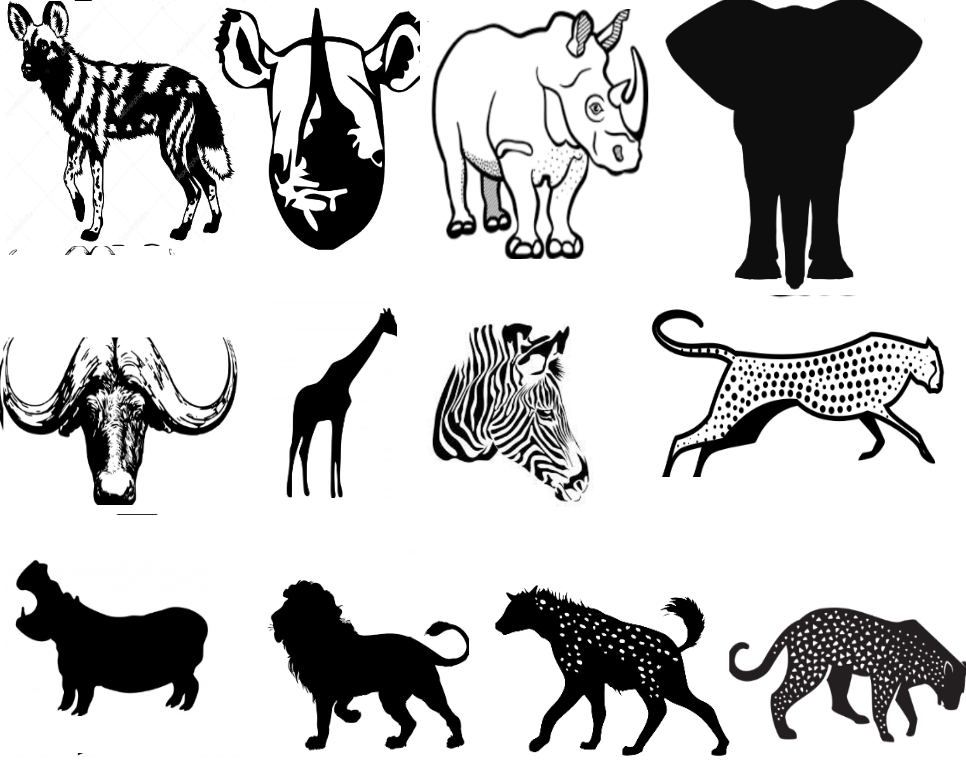
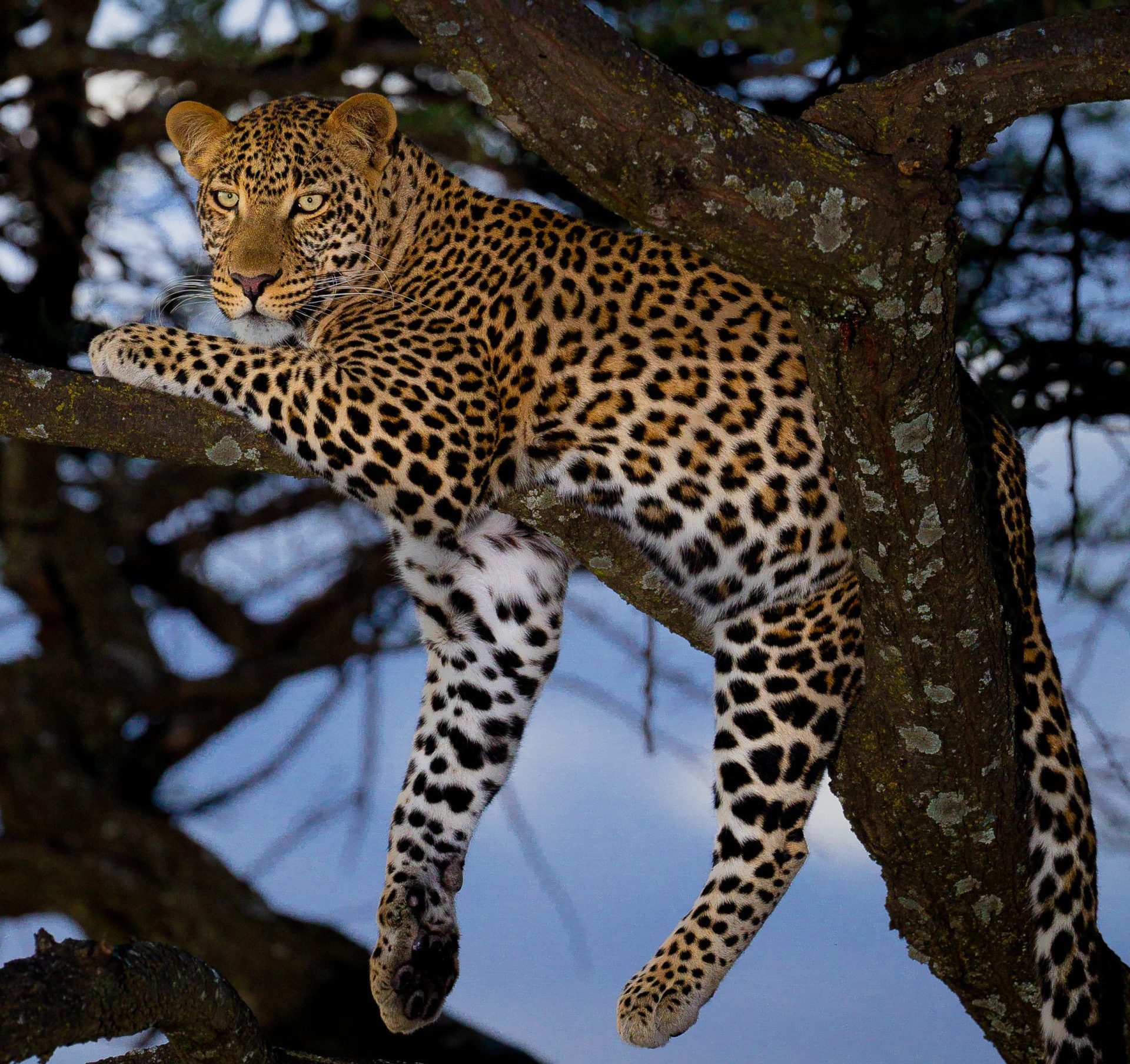
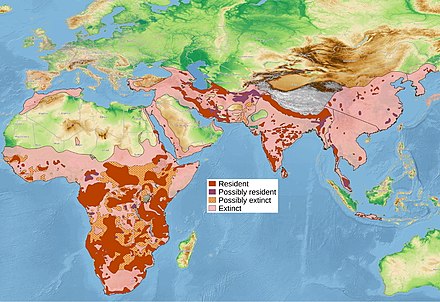 50 years ago, Africa was estimated to have 700,000 the current number is nearer to 50,000. This is not evenly spread, such that while 34 countries are thought to still host them. It should be noted, that the so called Barbary leopard is included in this subspecies. While there is still much debate (not least the suggestion that the Sahara might have stopped gene from from the Barbary region to the rest of Africa. In a similar way, there is discussion on a variety of different populations of leopards, but these will not get their own tab, until they are declared as recognized subspecies (there was, at one time as many as 37 claimed different subspecies of leopard spread across Africa and Asia, many were lost, when the genetic differences were found to be so small).
50 years ago, Africa was estimated to have 700,000 the current number is nearer to 50,000. This is not evenly spread, such that while 34 countries are thought to still host them. It should be noted, that the so called Barbary leopard is included in this subspecies. While there is still much debate (not least the suggestion that the Sahara might have stopped gene from from the Barbary region to the rest of Africa. In a similar way, there is discussion on a variety of different populations of leopards, but these will not get their own tab, until they are declared as recognized subspecies (there was, at one time as many as 37 claimed different subspecies of leopard spread across Africa and Asia, many were lost, when the genetic differences were found to be so small).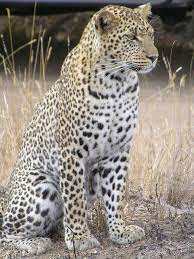
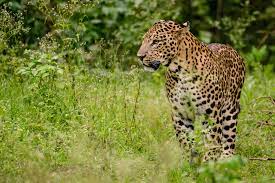
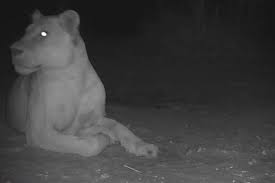
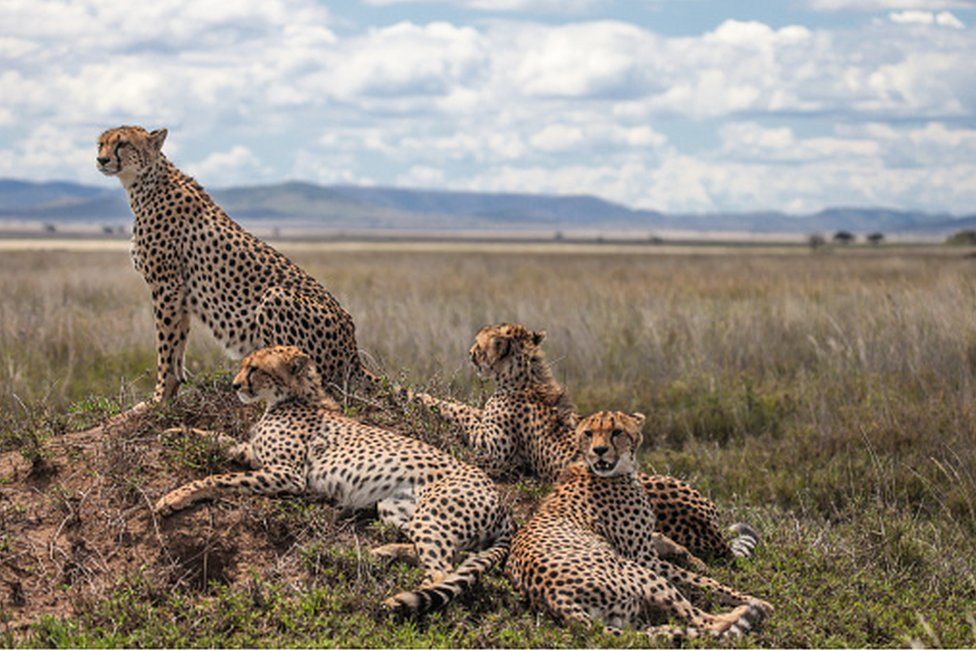
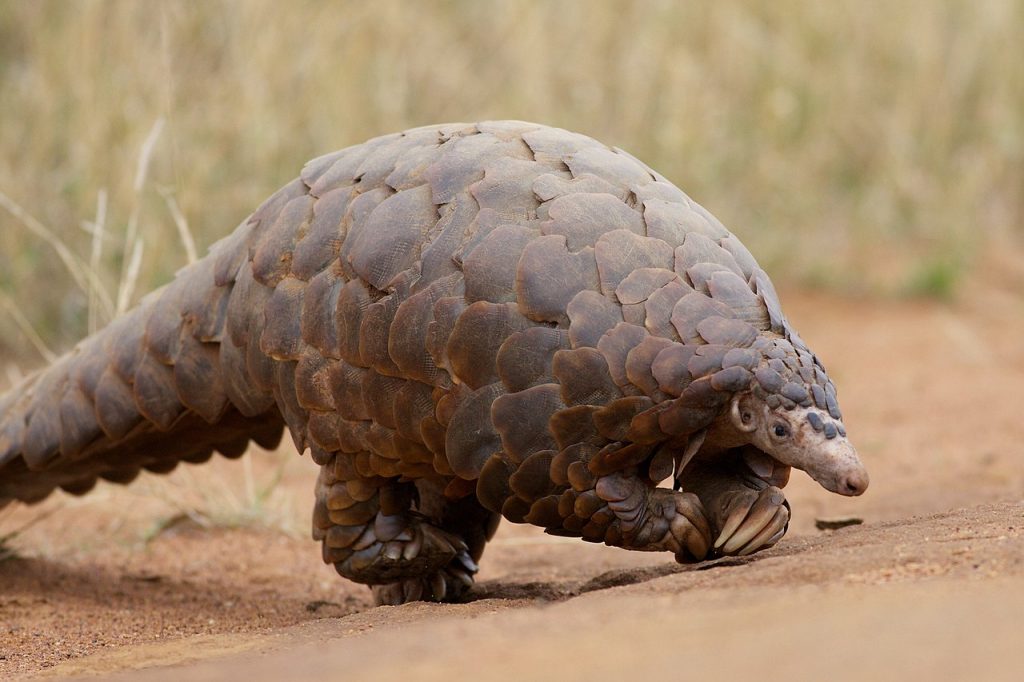
 Image source
Image source 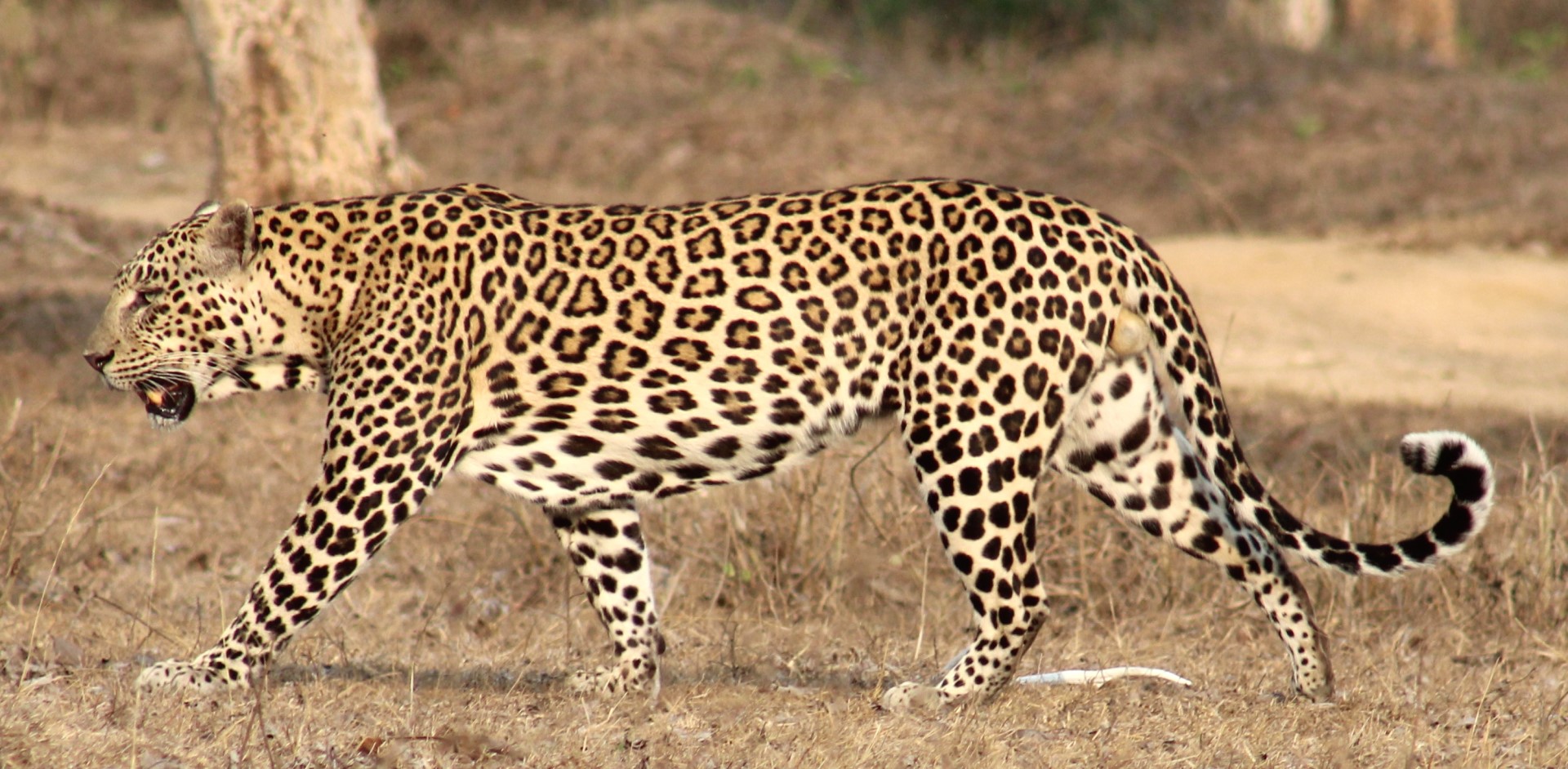
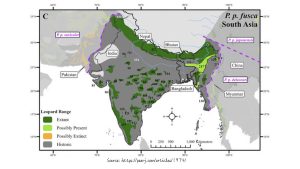 The number of Indian leopards in the wild is a worryingly low number. Some places suggest around 9500, while others suggest 12,000-14,000 (remember that the area of India is 10% of Africa, so this is far better by area.
The number of Indian leopards in the wild is a worryingly low number. Some places suggest around 9500, while others suggest 12,000-14,000 (remember that the area of India is 10% of Africa, so this is far better by area.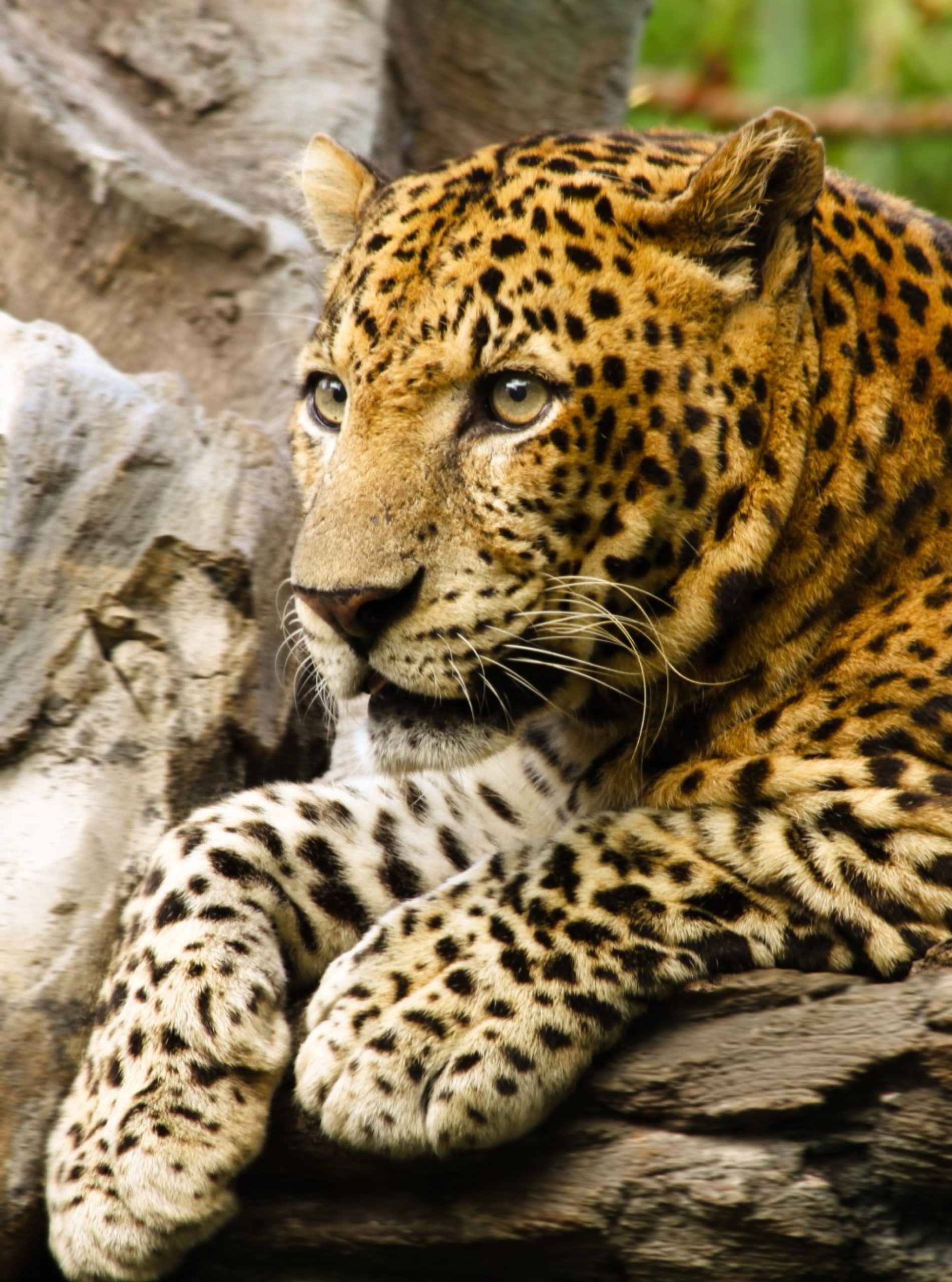
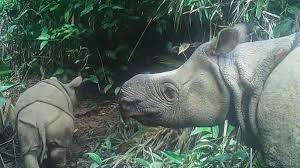
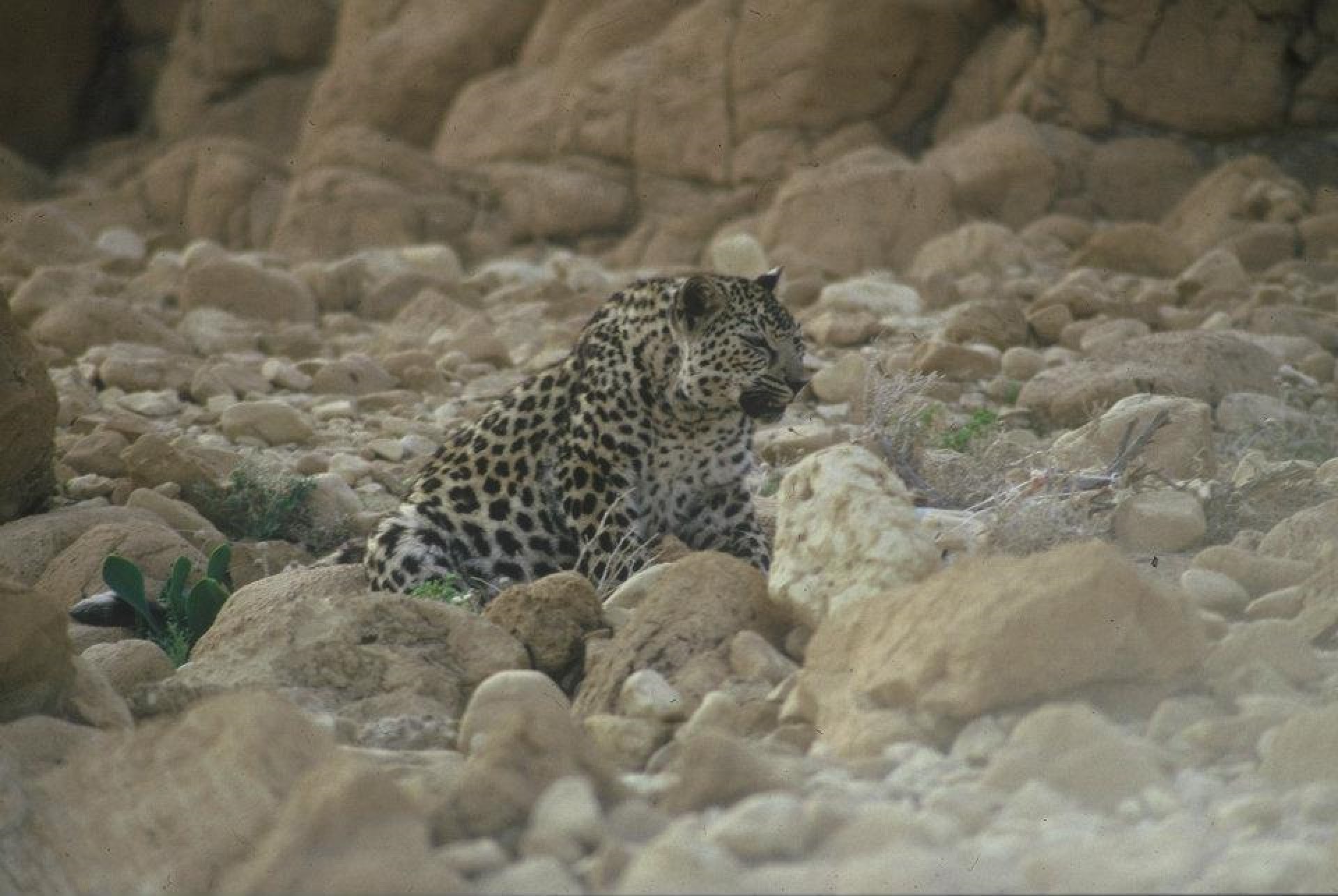
 In 2008, the size of this subspecies left in the wild was thought to be between 45 and 200. As such, it is perhaps not surprising that this subspecies has been critically endangered since 1996.
In 2008, the size of this subspecies left in the wild was thought to be between 45 and 200. As such, it is perhaps not surprising that this subspecies has been critically endangered since 1996.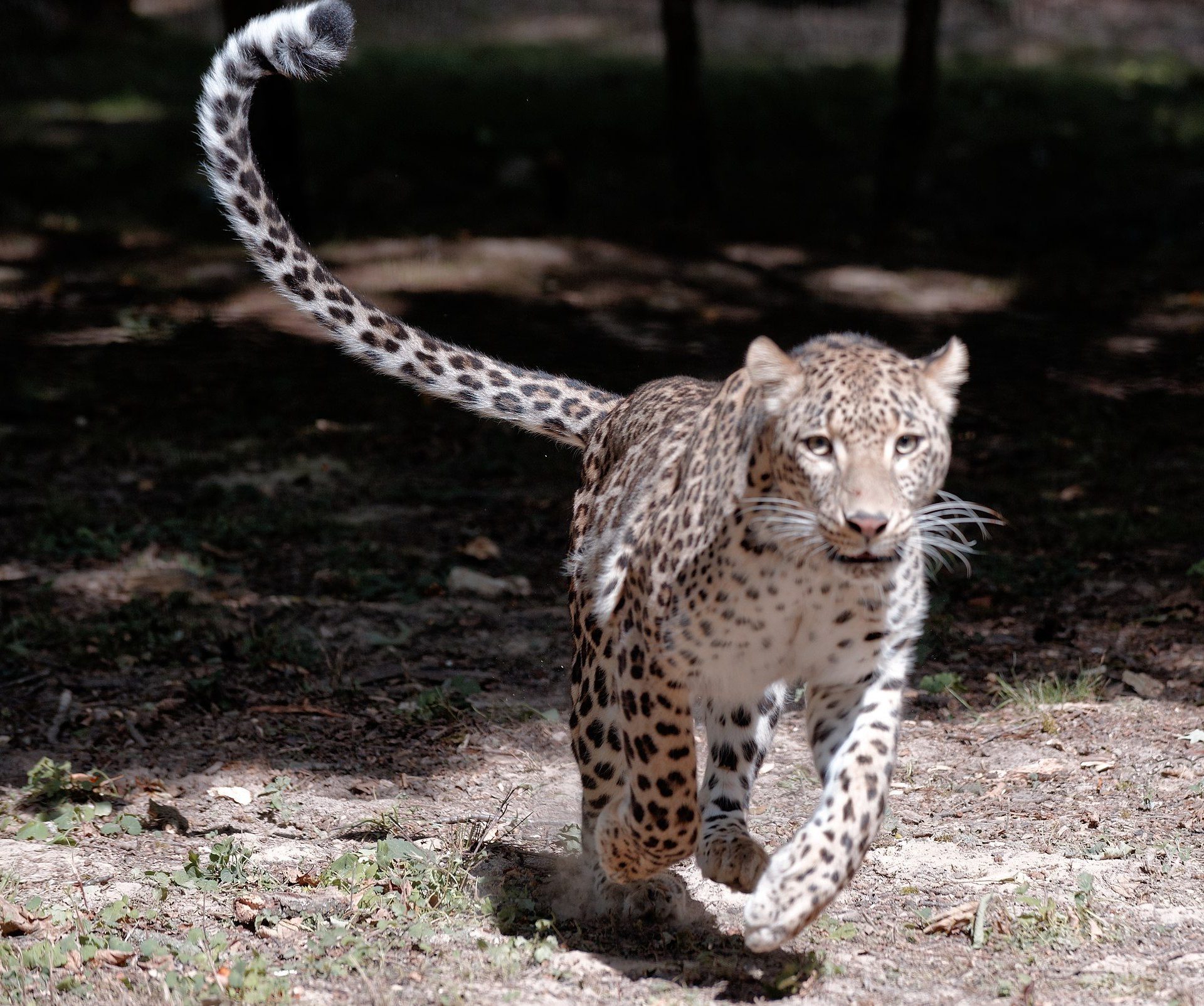
 Caucasian (also called Persian) Leopard)
Caucasian (also called Persian) Leopard) 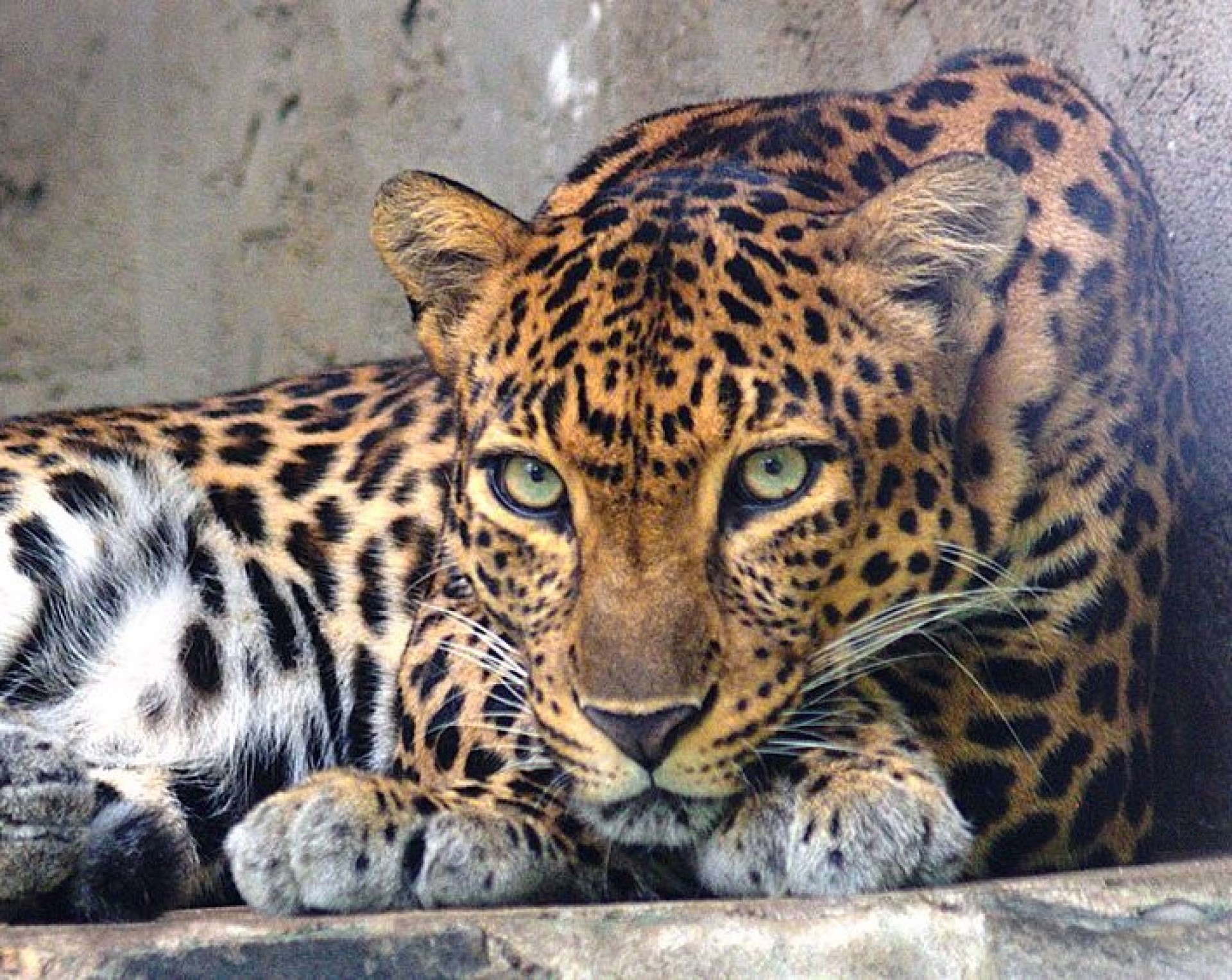
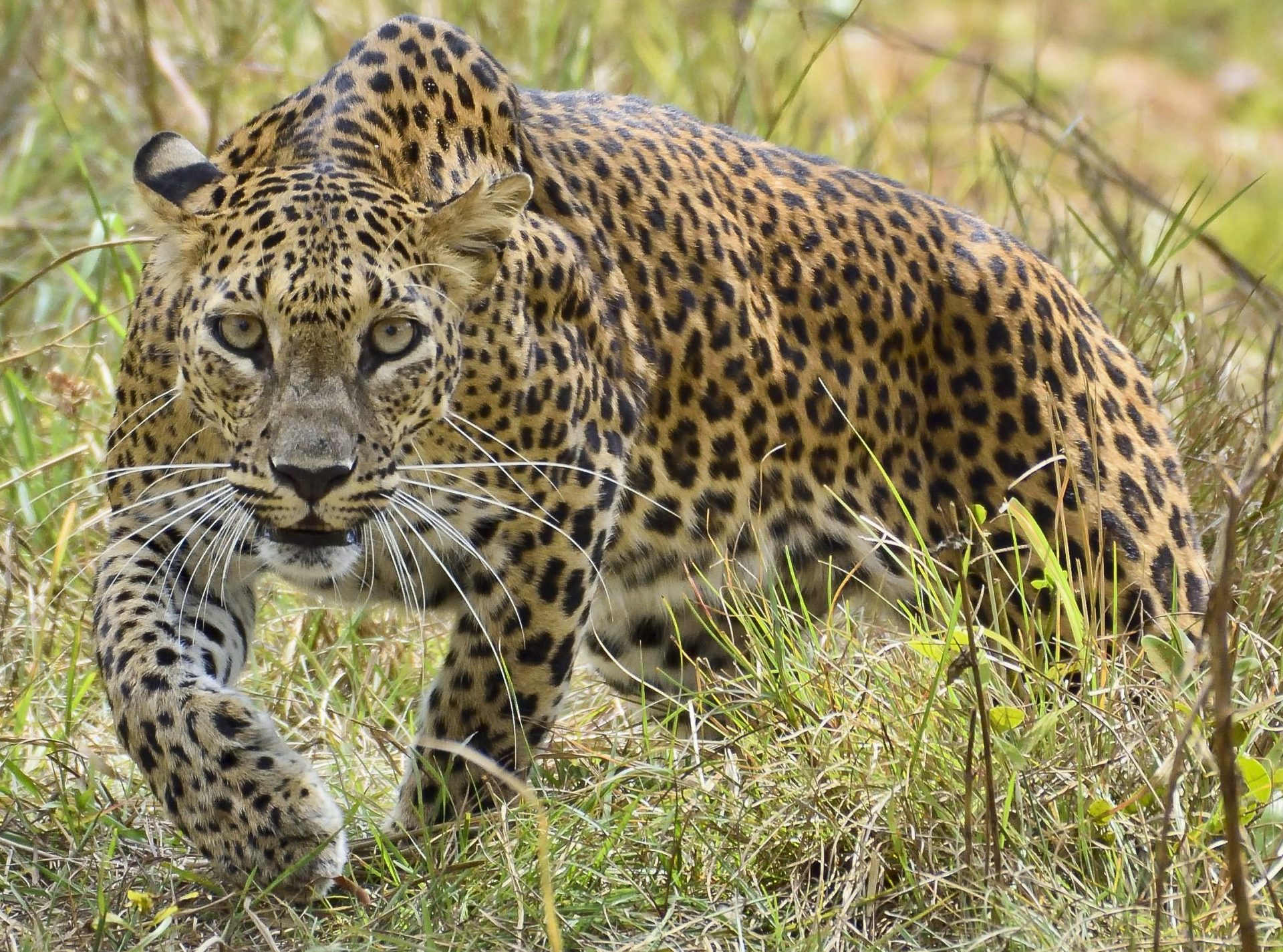
 Only described in 1956, they are relatively similar to the Indian Leopard, and were thought to be part of that subspecies until then. There are only 800 of this subspecies of leopard, and they were listed as vulnerable in 2020, and unfortunately it is thought to still be declining. It is thought, that as a result of being the apex predator on the island, they have got bigger.
Only described in 1956, they are relatively similar to the Indian Leopard, and were thought to be part of that subspecies until then. There are only 800 of this subspecies of leopard, and they were listed as vulnerable in 2020, and unfortunately it is thought to still be declining. It is thought, that as a result of being the apex predator on the island, they have got bigger.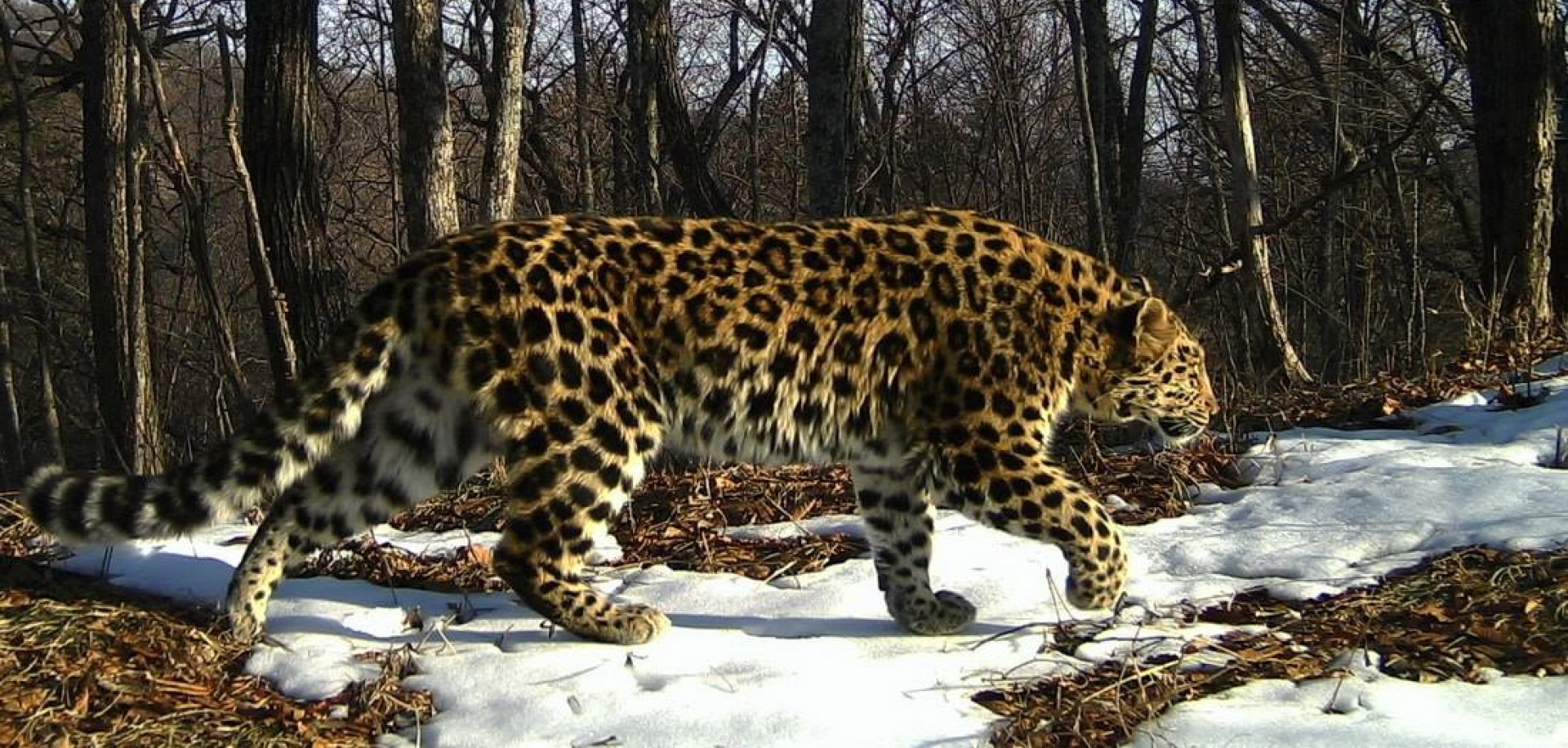
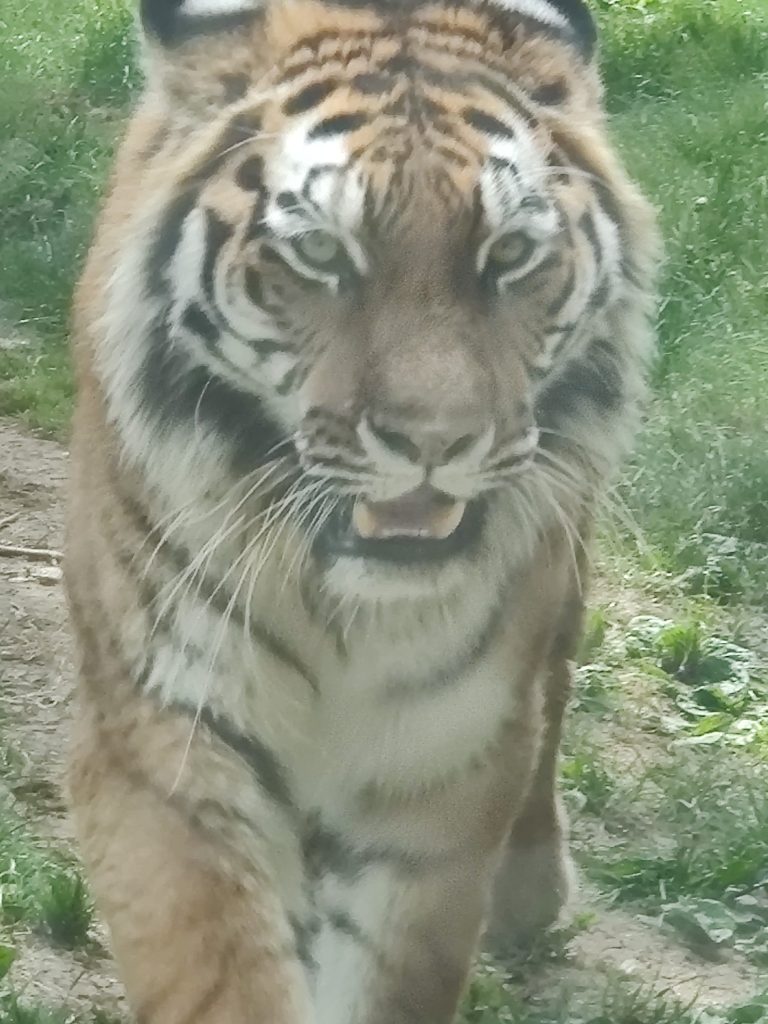
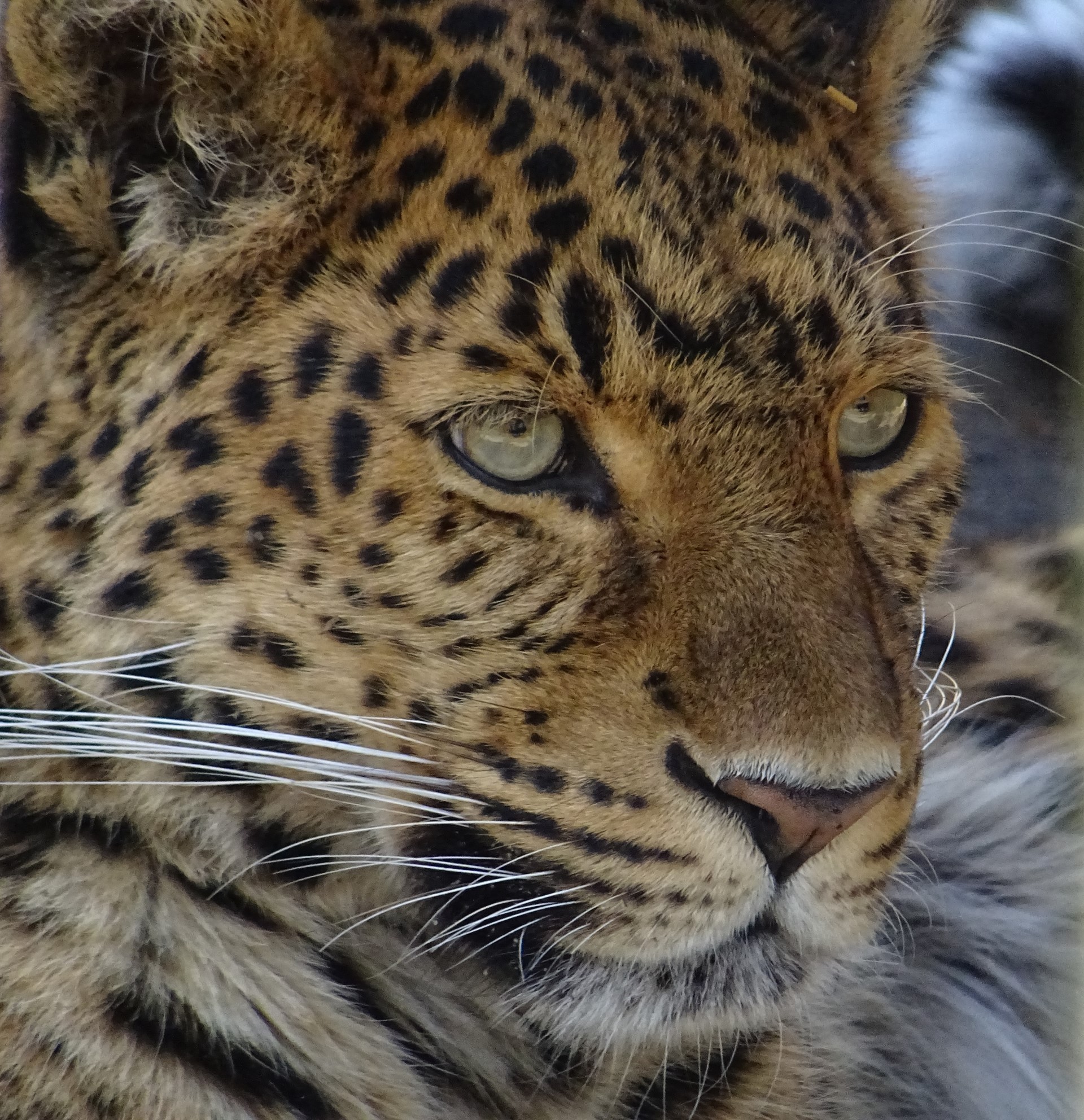
 Records from before 1930 suggest that this species of Leopard used to live near Beijing and in the mountains to the North-west. The wild population is estimated at around 110, so is one of the more endangered leopard species in the world. It is thought that this population and the Amur Leopard species were connected until just a few hundred years ago. As such, it may well be possible to boost genetic variability if that were to become necessary.
Records from before 1930 suggest that this species of Leopard used to live near Beijing and in the mountains to the North-west. The wild population is estimated at around 110, so is one of the more endangered leopard species in the world. It is thought that this population and the Amur Leopard species were connected until just a few hundred years ago. As such, it may well be possible to boost genetic variability if that were to become necessary.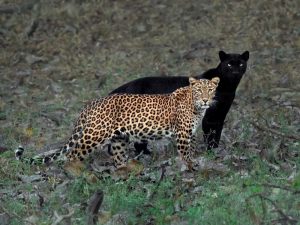
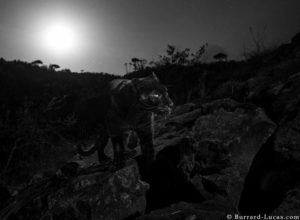 Like many cats – both big and lesser cats, they have rare colourings. These are not separate species, instead they are either melanistic, or albino.
Like many cats – both big and lesser cats, they have rare colourings. These are not separate species, instead they are either melanistic, or albino.
